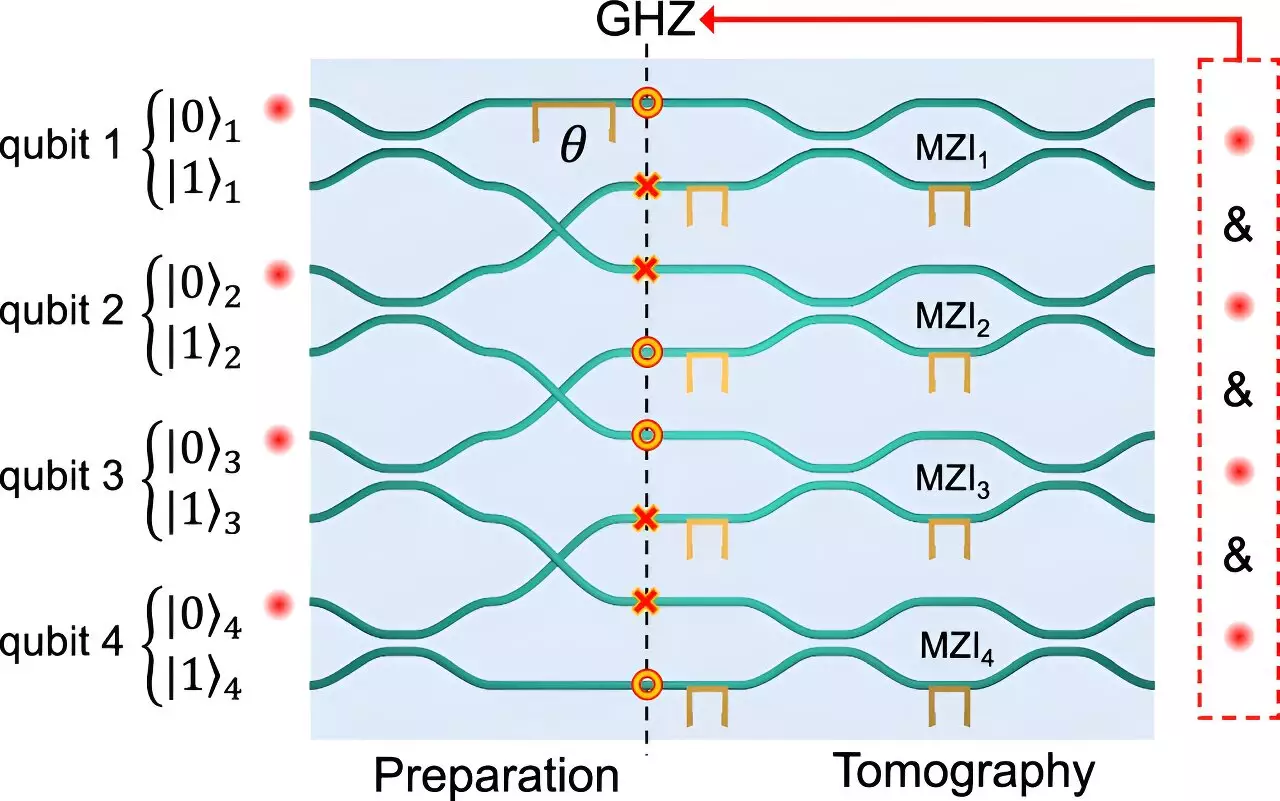In a world that is increasingly reliant on digital communication, the question of security has never been more pressing. Classical encryption methods, while effective for decades, face an existential threat from the rise of quantum computing. Unlike traditional systems that depend on complex mathematical algorithms, quantum encryption leverages the fundamental principles of quantum mechanics to provide a level of security that is inherently more robust. This burgeoning technology is poised to transform how we think about and implement secure communications.
Classical encryption methods function effectively under the assumption that decoding a message without the key is computationally infeasible—for instance, it would take supercomputers thousands of years to breach modern encryption systems. However, the advent of quantum computing alters this landscape dramatically. With the power to process vast amounts of data simultaneously, quantum computers can, in theory, crack current encryption protocols in mere seconds. This realization has led researchers and industry leaders alike to advocate for the development and adoption of quantum security protocols that can withstand these powerful computational adversaries.
At the forefront of quantum encryption research is the exploration of entangled quantum states, specifically the Greenberger-Horne-Zeilinger (GHZ) states. Unlike classical states, GHZ states provide an extraordinary level of correlation among particles, enabling them to remain connected irrespective of the distance between them. A unique characteristic of entangled states is that any attempt to observe or measure one particle will disrupt the correlations established with other particles, serving as an instant alarm for any unauthorized access.
This principle underpins the security framework proposed by researchers like Paulo Henrique Dias Ferreira. By integrating advanced quantum dot technology with glass photonic circuits, Ferreira and his team have made significant strides in characterizing and utilizing entangled four-photon GHZ states. Their work, published in the journal *npj Quantum Information*, not only enhances the efficiency of quantum devices but also establishes new pathways for secure communication.
One of the critical innovations in this field is the use of 3D waveguides formed through femtosecond laser machining on glass chips. This remarkable method allows for the precise manipulation of photons, enabling real-time adjustment of their optical phases. By employing thermal shifters to reconfigure the circuit, researchers can fine-tune the quantum states, which is vital for achieving the desired overlaps necessary for effective quantum communication.
This sophisticated approach significantly surpasses traditional fabrication methods like lithography, enabling a single-stage production that enhances both the efficiency and scalability of creating quantum encryption hardware.
The implications of these advancements for secure communication are profound. Imagine a scenario where multiple parties engage in a transaction; quantum secret sharing systems allow them to securely share cryptographic keys. In these systems, any instance of unauthorized access would deform the quantum states, allowing the parties involved to detect interference immediately. This capability provides not only a means of securing communications but also an efficient method for intrusion detection.
Ferreira emphasizes that the commercial utilization of GHZ states will not only fortify communication security but will also usher in a robust mechanism for safeguarding sensitive information in our increasingly interconnected landscape. As the technology matures, the potential for integration into existing communications infrastructures becomes tantalizingly feasible.
Quantum encryption is not just a theoretical promise; it is a practical solution that can fundamentally alter the landscape of secure communication. By building on the unique principles of quantum mechanics, particularly through the use of entangled states like GHZ, the next generation of encryption protocols will be resistant to even the most advanced computational threats. As researchers continue to innovate and refine quantum technologies, we inch closer to an era where secure communication is not merely aspirational but a guaranteed reality. The future indeed looks promising, equipped with tools that can not only withstand potential breaches but actively detect them as they occur, heralding a new age of information security.


Leave a Reply